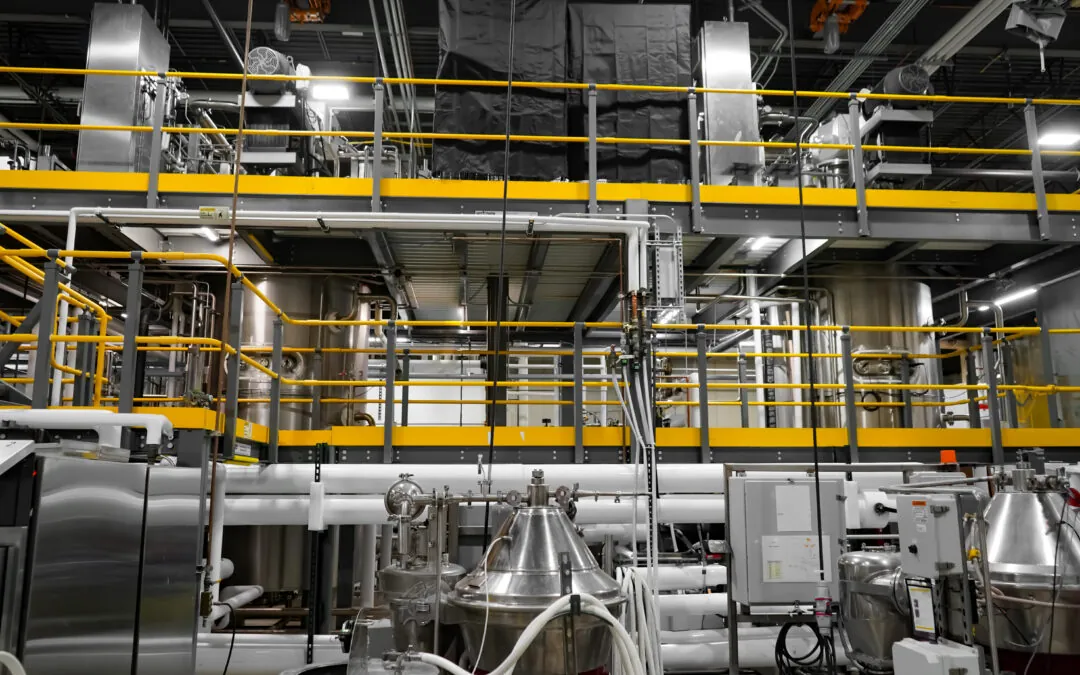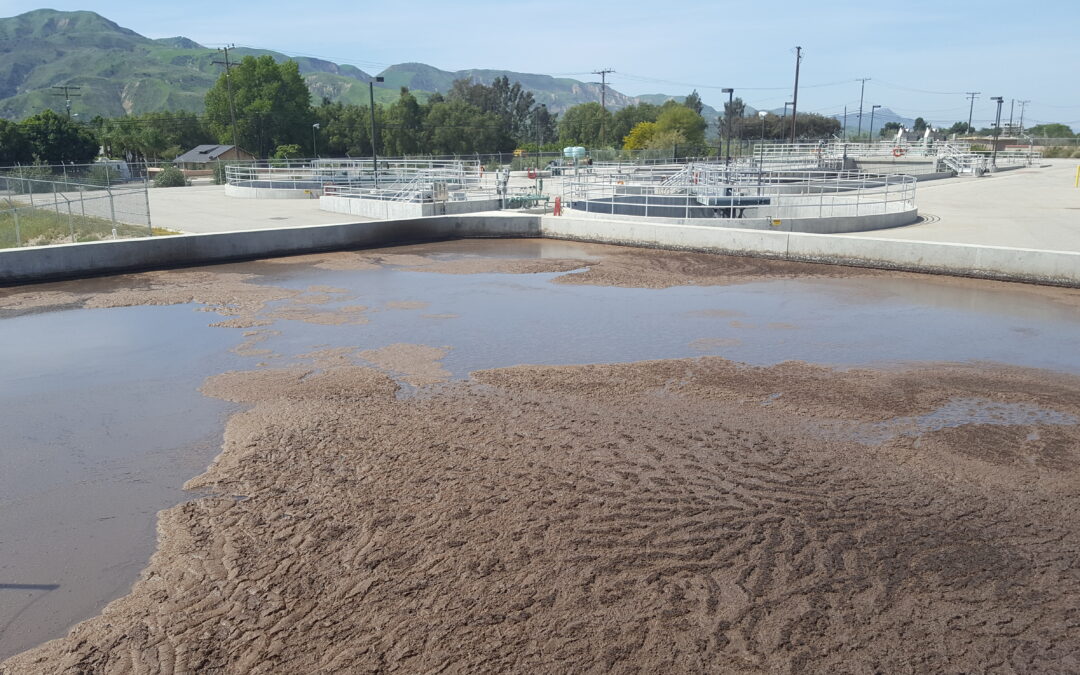X marks the spot…of some purchasing confusion. A common misconception when comparing the pricing of three different 10X concentrate products is that the “X” in the product name represents the microbial concentration. The X actually represents the level of preservation – i.e. the level of dilution required to make a 1X product.
To ensure you choose the optimal product for your business and compare “apples to apples”, read on to learn more about the meaning of X as well as the other variables to consider when comparing options.
X is for Preservation
The X-value on a product label indicates the level of preservation of a product. There are other ingredients that are considered when determining the X-value such as microbes (as indicated by CFU/ml), surfactants and fragrance, but the preservative concentration is the main factor.
It’s imperative to know the preservation level because it illustrates the proper dilution rate to make a 1X shelf stable product – also referred to as a Ready-to-Use (RTU) product. For example, a 10X product needs to be diluted 1-part product to 9-parts water while a 37X product requires 1-part product to 36 parts water. Proper dilution allows the 1X or RTU product to have the correct preservative level, giving it a stable shelf-life for the end-user and rapid activation.
Some customers mistakenly try to create more product by over-diluting (ex: diluting a 10X solution 1-part product to 15-parts water). This causes the liquid to become unprotected on the shelf as the preservative level is no longer accurate. Other customers may try to make a “stronger” formulation by diluting the product with less water (ex: 1-part product to 5-parts water). This is also a mistake as it causes the liquid to become over-preserved and no longer work or have slower microbial activation depending on the application dilution.
There’s More to Quality than the X
As mentioned earlier, the X is sometimes mistaken for being a direct representation of a certain quality or microbial count. Although all companies should take the microbial count into consideration when determining the preservation, the X doesn’t represent the same microbial count across all companies. For example, our SporActiv™ DeGrease formula is offered as a 10X with 1 Billion CFU/ml. In the market, we see a lot of products with the same 10X designation, but are 264 million, 500 million, 670 Million CFU/ml and other quantities. Even within MDG, we have 10X products with different microbial counts depending on the application and pains.
The number of strains and combinations are also not represented in the X. When looking at a spec sheet, you might notice the same 10X designation on a competitor’s 2-strain, 264 Million CFU/ml product as you will on MDG’s 6-strain 700 Million CFU/ml product. While they have the same level of preservation, they have different concentrations, strain number and strain combinations. It’s good to understand why some strains are chosen as they effect the enzyme profile, temperature optimums and activity within a specialized application such as institutional cleaning, grease trap remediation or even wastewater applications. Looking solely at the X and past the strain information may lead to undesirable results in the field.
On a similar note, with prices, check that you compare apples to apples. A customer who previously bought a 10X from a different supplier and who is looking for a comparable product at the same price point might not know that the previous product had half or a fourth of the microbial count of what’s found in an MDG product, making the former solution potentially less effective for the specific application.
Choosing the Best Product
As you can see, choosing the best product for the application at hand is more than looking at the X-value. The quality of a product relies on many other factors, too, including microbial count, strain selection and strain combination.
At MDG, we discuss your application needs, major pains and your definition of success to help determine the best product for you. We’re here to answer any questions you might have about the X as well as looking beyond it. Contact us today and one of our representatives will be happy to help you – it’s our specialty!
For more information on our technical support and product education programs, you can download the SporActiv™ Technical Support Offerings brochure here, towards the bottom of the page.









